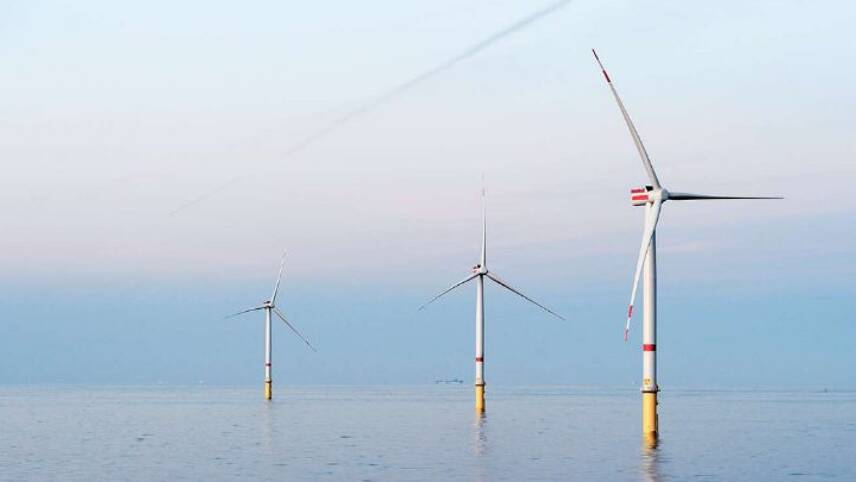Register for free and continue reading
Join our growing army of changemakers and get unlimited access to our premium content

Pictured: The Hornsea 2 wind farm
The offshore wind farm, covering an area of 860km2, is planned for the western region of the Hornsea zone, situated off the Yorkshire coast. With its installation of 180 turbines, the project is expected to generate approximately 2.6 gigawatts (GW) of wind power.
Earlier this year, the Planning Inspectorate announced a delay exceeding four months in the Government’s final decision regarding the approval of the Hornsea 4 offshore wind farm.
Orsted presently operates 13 offshore wind farms in the UK, producing a total of 6.2GW of electricity, sufficient to supply power to more than 7 million households.
Hornsea 4 will join three existing projects off the Yorkshire coast in the North Sea: Hornsea 1, a 1.2GW wind farm with 174 turbines, capable of powering more than 1 million homes; Hornsea 2, a 1.3GW project with 165 turbines, supplying electricity to 1.4 million homes; and the 2.85GW Hornsea 3, with 231 turbines and a capacity to power more than 3 million homes.
RenewableUK’s executive director of policy Ana Musat said: “It’s great to see one of the UK’s largest offshore wind farms getting the green light from the Government, at a time when we urgently need to get cracking on building new clean energy projects to generate the cheapest power for billpayers and enable us to bolster domestic supply chains.
“Hornsea Four will strengthen Britain’s energy security significantly, helping us to move away from the volatility of international gas prices and closer towards energy independence, as well as enabling us to take a major leap forward towards net zero”.
This planning delay was primarily due to the need for a more comprehensive understanding of the project’s potential impact on the environment, particularly seabirds. Despite the project ultimately receiving approval after a five-month delay, leaders in the biodiversity industry maintain a cautious stance towards the approval.
The Royal Society for the Protection of Birds (RSPB) director for conservation Katie-Lo Luxton said: “This must be the last time we trade off nature against climate. We all agree that we must urgently decarbonise our energy system and invest in renewable energy, but we cannot keep selecting areas for new developments that we already know are crucial to wildlife and ecosystems, and then retrofit nature’s needs by asking energy companies to perform impossible tasks of compensating for damage.”
The RSPB argues that the wind farm development could cause further declines to nearby populations of Red-Listed seabirds such as Gannet and Razorbill.
The current state of offshore wind
The UK has set a target to host 50GW of offshore wind capacity by 2030.
Based on a report by the Office for National Statistics (ONS), wind power contributed to 24% of the UK’s overall electricity generation in 2020, encompassing both renewable and non-renewable sources, with offshore wind accounting for 13% of the total.
According to the Department for Business and Trade, the UK currently has 13.9 GW of offshore wind fully commissioned, a fourfold increase in capacity installed in 2012.
Earlier this year, RenewableUK revealed that while offshore wind experienced significant growth with three projects contributing 3,193 megawatts (MW) of new capacity in 2022, onshore projects are still trailing behind in progress.


Please login or Register to leave a comment.